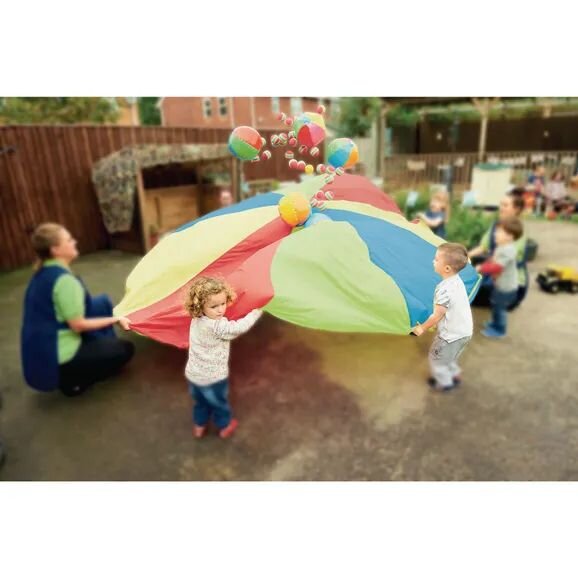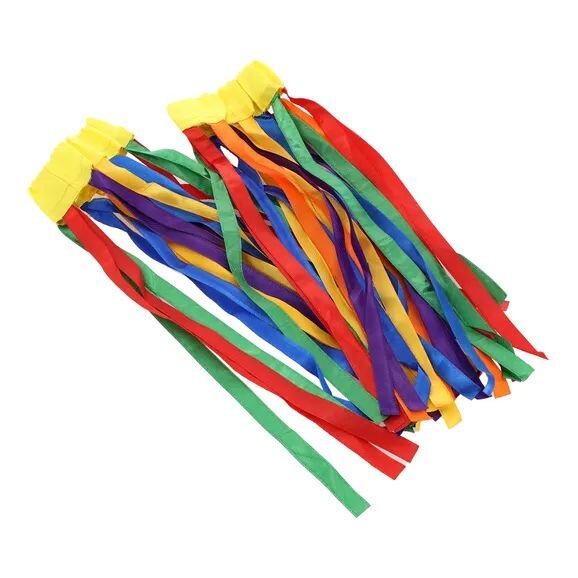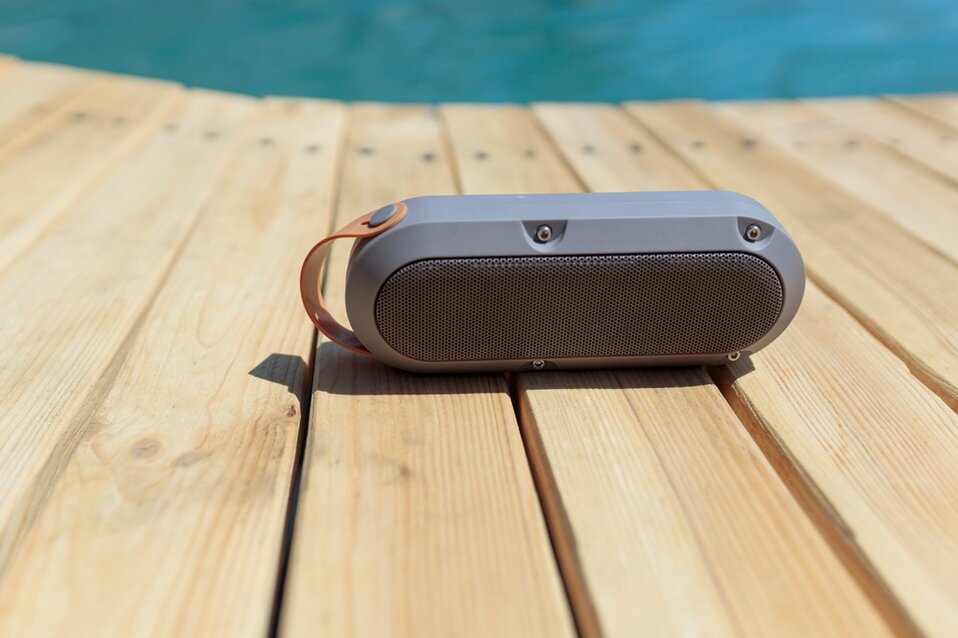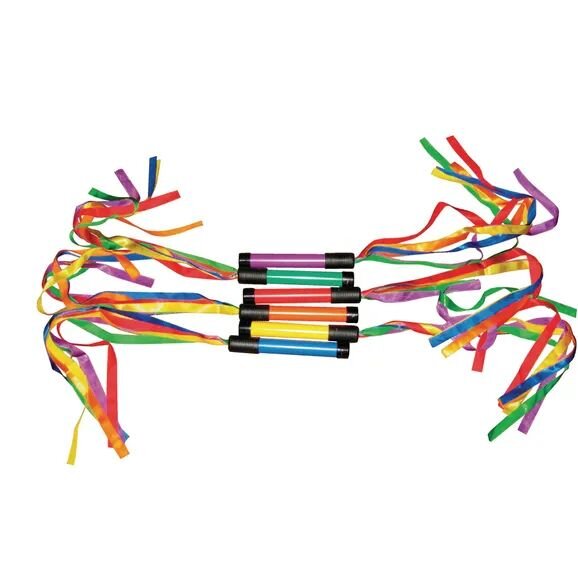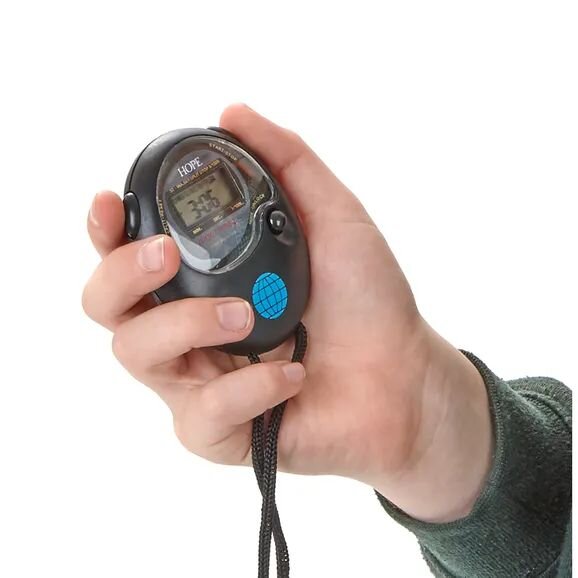
Articles
We aim to give food for thought as well as inspiring your creativity and
providing practical ideas you can’t wait to implement in your own settings!
Music and Movement in the Early Years
Music and movement offer many rich learning opportunities across the Early Years Foundation Stage and play a vital role in children’s early development. Learning and playing through music and movement supports children’s physical, emotional and cognitive development and provides fun ways for children to interact with one another. For the children in my reception class, planning activities that included music and movement has been largely beneficial for children’s creativity, communication, and coordination.

Below are some ways to use music in an Early Years setting to support children’s development:
Learning new and familiar songs can be a great way of encouraging non-verbal (Selective Mutism) or EAL children to communicate. Tidy-up time songs, welcome songs and singing the register can be useful ways of implementing songs each day. Singing can also be introduced across the curriculum in Maths, Literacy and Phonics.
Body Percussion
Children can explore different sounds their bodies can make, for example, clapping, stomping, jumping, clicking and snapping. This is a great way for children to recognise and stay within a beat or rhythm.
Instrument Play
Investing in a range of musical instruments for the environment can allow children to explore sounds in an open-ended way – drums, shakers, xylophones and hand triangles.
Listening Activities
Dedicated listening times to expose children to a range of different genres help children to appreciate the many different sounds in our world. Children can discuss how the different genres make them feel – fast and slow music (happy and sad). We have used this activity in our Speech and Language interventions to encourage children who are reluctant to express themselves.
Storytelling
Using a combination of music and storytelling can support children’s imaginative play and allow them to use newly introduced vocabulary.
Performance spaces
Introducing an area for children to perform can build confidence in talking with others. We have a stage area in our outdoor provision to allow children to story tell, sing and dance in front of their peers.
Tempo and Melody
Listening to different music helps children’s emotional expression and provides a space for them to explore their feelings in a safe and supportive environment. This might be through the mood of a melody which can calm children, allowing them to self-regulate and develop a positive sense of well-being.
Movement Development
Dancing, marching, hopping, and stretching to music improves coordination, balance, and spatial awareness for young children. Providing children with opportunities to move helps them to gain control over their bodies providing readiness for other skills such as handwriting and self-care.
Structured activities, such as following instructions in a dance routine, develop gross motor skills and support children’s ability to concentrate. Props such as scarves, ribbons, and instruments can be introduced into the environment to enhance children’s imaginative play and support sensory needs.
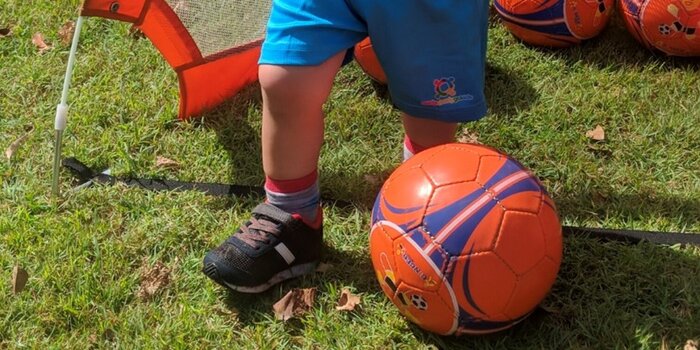
Below are some ways to use movement in an Early Years setting to support children’s development:
Balancing
Supports children’s coordination and overall strength. Balancing beams using wooden construction planks, yoga, hopscotch, Twister and throwing and catching.
Locomotor Games
Providing opportunities for children to use space to run, hop, skip and gallop can support their coordination and spatial awareness. Also, creating obstacle courses and races are great open-ended activities for the outdoors.
Dance
Exploring different dance styles encourages children to move in a range of ways – Bhangra, Bollywood, contemporary dance and street dance. I use a large hand-made dice displaying different movements for children to select which style to practise.
Daily Routines
Finding safe ways of travelling through the indoor and outdoor spaces can allow children to use movement and develop their gross motor skills regularly.
Music and movement across other areas of the EYFS Curriculum:
Area of Development: | Skills: |
Communication and Language | Singing and rhyming games promote talk and early Literacy skills. |
Communication and Language | Counting songs and rhyming patterns - clapping in time to music and movement. |
Communication and Language | Exploring music from different cultures to support children’s understanding of diversity in our world. |
Communication and Language | Promotes creativity, imagination and expression through sound. |
My Top Resources and Activities for EYFS Settings:
Activities:
With many thanks to Callum Porter for writing this article.
Callum is a reception teacher and member of the EuHu
teaching board.

